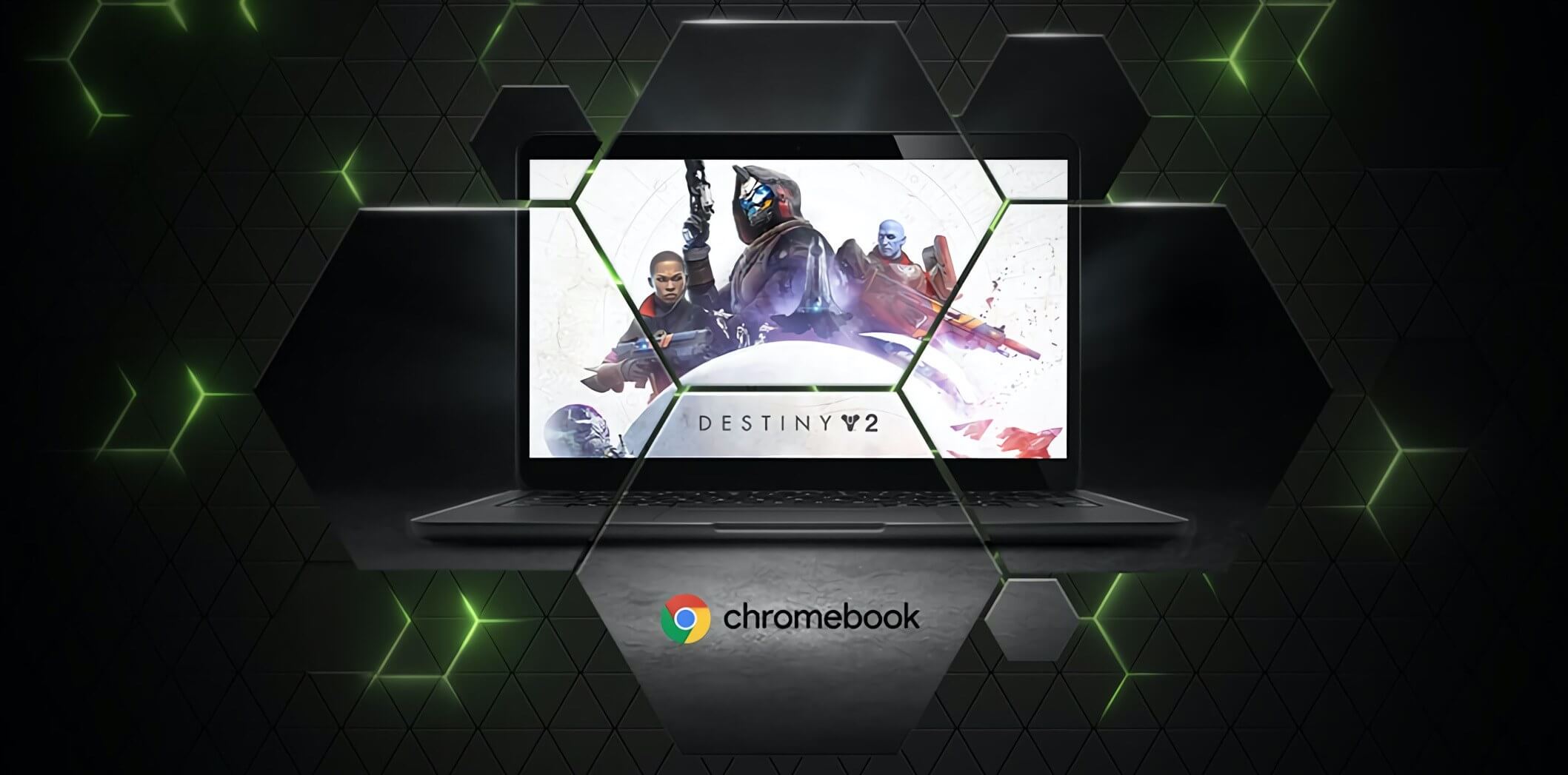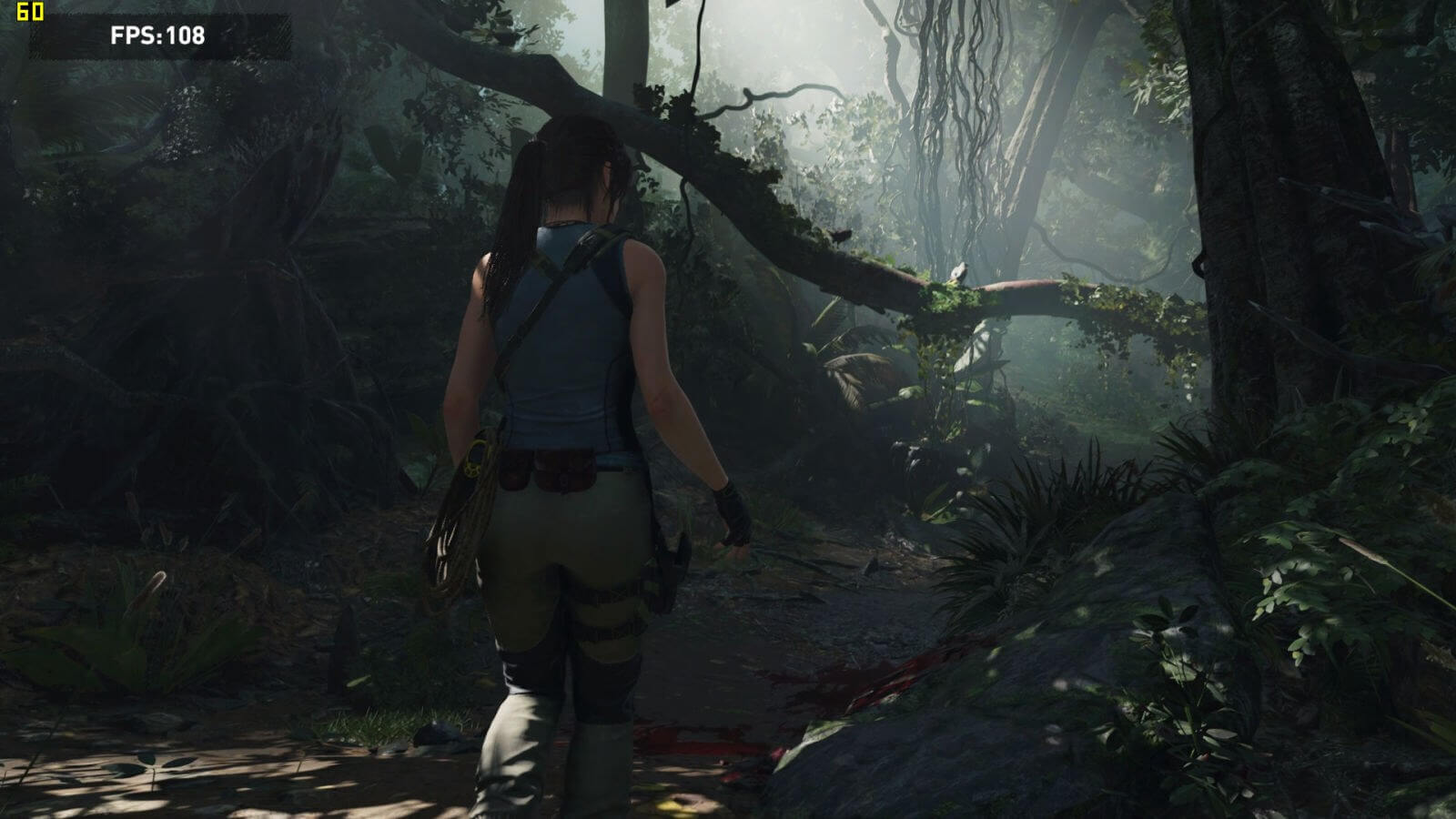In context: Despite the bad blood brewing between Apple and cloud gaming services, companies like Google, Microsoft, and Nvidia are going all-in on game streaming. Each has its pluses and minuses, and the platform as a whole has yet to be perfected. Be that as it may, Nvidia is moving forward "full stream ahead" with GeForce Now and has just added another device to its stable—Chromebooks.

On Tuesday, Nvidia launched GeForce now on ChromeOS. Chromebooks are not known for their stellar gaming performance, but in a sense, that is a perfect testbed for cloud gaming. So far, early adopters have been surprised with how well GeForce Now works on ChromeOS. It's not without its flaws, though.
According to Nvidia, you need at least a 15Mbps internet connection, but for the best performance, 25Mbps is optimal. However, Gizmodo reports that it tested GeForce now on a Chromebook with the internet speed limited to 25Mbps, and games were "unplayable."
"Without the option to automatically adjust for poor network conditions, games are unplayable at 25Mbps and lower," said Giz. "When I limited the bandwidth to 25Mbps, Nvidia's recommended download speed, the game was unplayable."
Unlike its PC counterpart, the ChromeOS version of GeForce Now does not automatically adjust for poor or unstable network speeds. Fortunately, after changing the limit to 35Mbps, games ran fine, albeit with a little bit of lag and pixelization.
By comparison, Giz was able to run the PC version at a mere 5Mbps. Although the graphics were very pixelated, the frame rate was smooth, and more importantly, the game ran. On PCs, GeForce Now adjusts the resolution down automatically if the connection speed dips.

The ChromeOS version is currently in beta, so addressing these issues before wide release is a given.
Perhaps more critical than resolution and frame rate is latency. In any game, you want actions to execute on the screen when you perform them. In this regard, GeForce Now is close to par with its PC counterpart—38ms to 25ms.
Loading into games takes about twice as long compared to running them natively. However, this is a relatively small price to pay for being able to stream games to a wimpy little Chromebook.
Another quirk that makes it a somewhat clunky experience is that some games require a different launcher. For example, even if you bought The DIvision 2 from Epic, you still have to launch Uplay or else the game hangs. Once a game running, though, the experience is mostly smooth with a speedy and stable internet connection. Not bad for the beta.
GeForce Now runs in the Chrome browser using WebRTC, so other than having an account, not much else is needed to getting it up and running. Currently, Nvidia is offering a six-month "Founders" membership for $25. It includes a Hyper Scape Season One Battle Pass token and in-game content to get players started. There is a a free tier, but it is severely limited. Month-to-month subs are $5.
Those thinking to try it out will want to check out the Chromebook system requirements to ensure they are good to go before subscribing. They also might want to browse the game selection as there are still a lot of developers that have not signed on to the platform, including Activision Blizzard, Bethesda, 2K Games, Codemasters, and Warner Bros, and others. Even still, it's a fairly decent library.
Tomb Raider fps screen capture by Gizmodo
https://www.techspot.com/news/86419-geforce-now-brings-cloud-gaming-even-mediocre-chromebooks.html